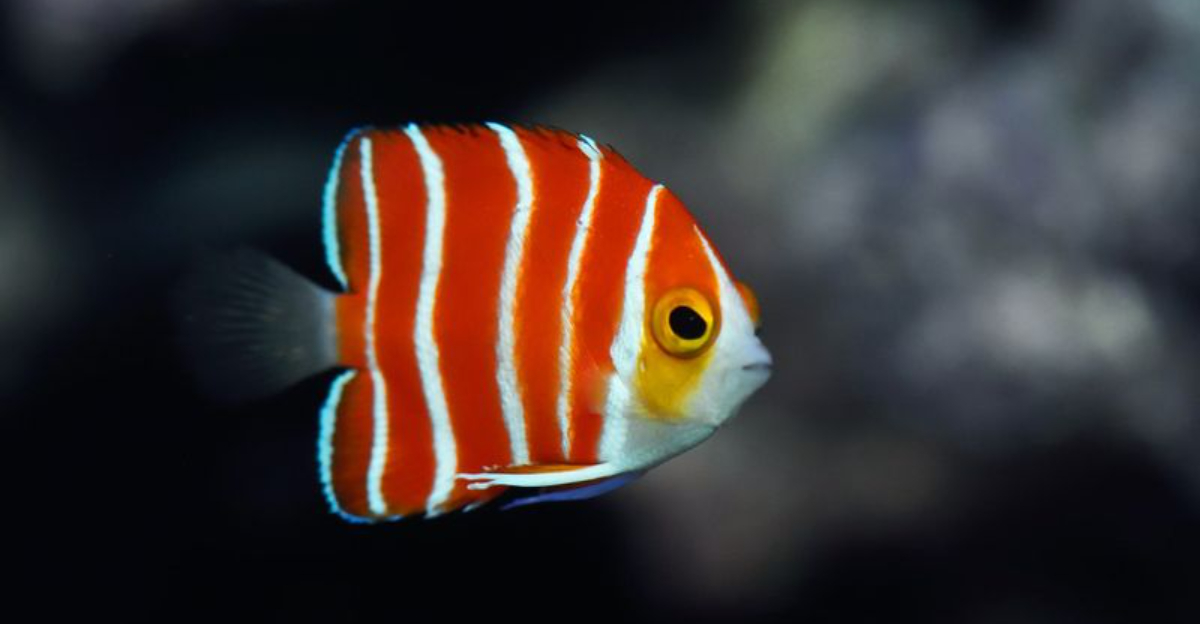Exploring the vibrant underwater world reveals a stunning variety of tropical fish, each more fascinating than the last.
Among these, a select few are exceedingly rare, making them highly sought after by aquarists and marine enthusiasts alike. I compiled a small list of 14 of these exotic tropical fish, highlighting their unique characteristics and what makes them so elusive.
1. Platinum Arowana
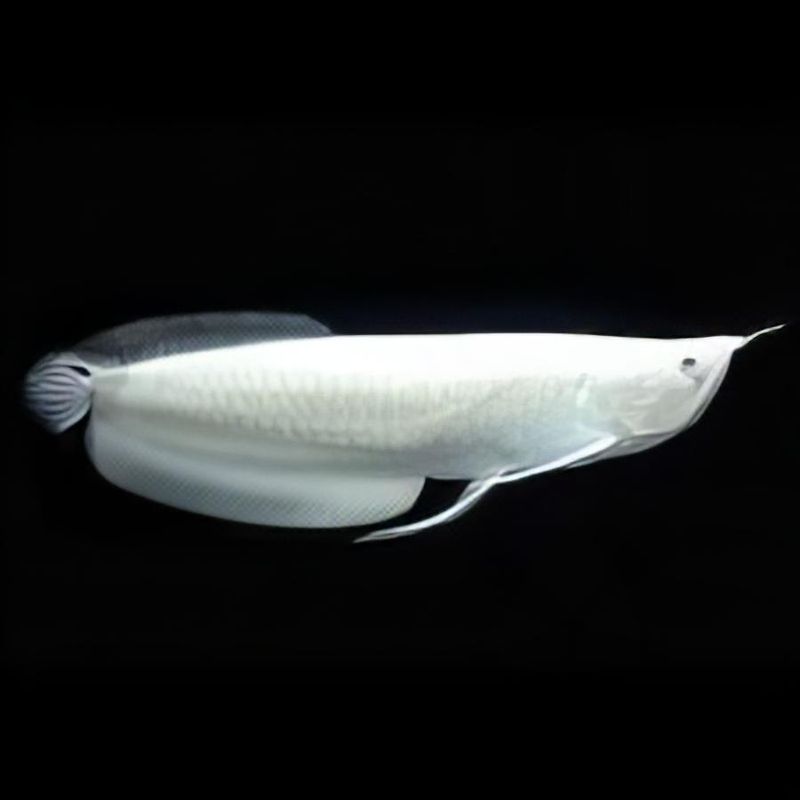
The Platinum Arowana is a rare and mesmerizing fish, often considered the crown jewel of the aquarium world. Its sleek, elongated body shimmers with a metallic, platinum hue, making it a visual delight.
Known for its graceful swimming, the Arowana creates a captivating display with its long, flowing fins. Enthusiasts are drawn to its majestic appearance and its reputation as a symbol of wealth and prosperity.
Despite its beauty, the Platinum Arowana is not for the novice aquarist. It requires a large tank with pristine water conditions and a carefully monitored diet to thrive.
In the wild, these fish are primarily found in the rivers of Southeast Asia, adding to their exotic allure. They are known to be jumpers, so aquarists must ensure their tanks are securely covered.
Owning a Platinum Arowana is a long-term commitment, but one that can be incredibly rewarding for those who appreciate its rare elegance.
2. Clarion Angelfish
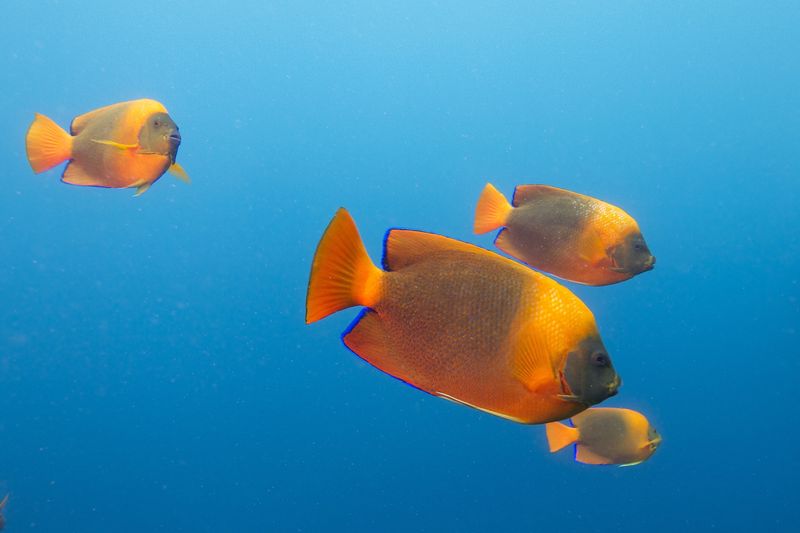
Found around the Revillagigedo Islands in Mexico, this fish is a rare sight for even experienced divers. Its bold colors and unique patterns make it a standout in any marine aquarium.
However, its rarity also means it’s highly coveted, often fetching a high price among collectors. Maintaining a Clarion Angelfish requires an understanding of its specific needs. These fish thrive in large tanks with plenty of hiding spots and live rock to simulate their natural reef habitat.
A diet rich in marine algae and sponges is essential to keep them healthy and vibrant. Social by nature, they can be paired with other non-aggressive species, making them a dynamic addition to a community tank.
Their elusive nature and striking appearance ensure that they remain a top choice for dedicated aquarists.
3. Peppermint Angelfish
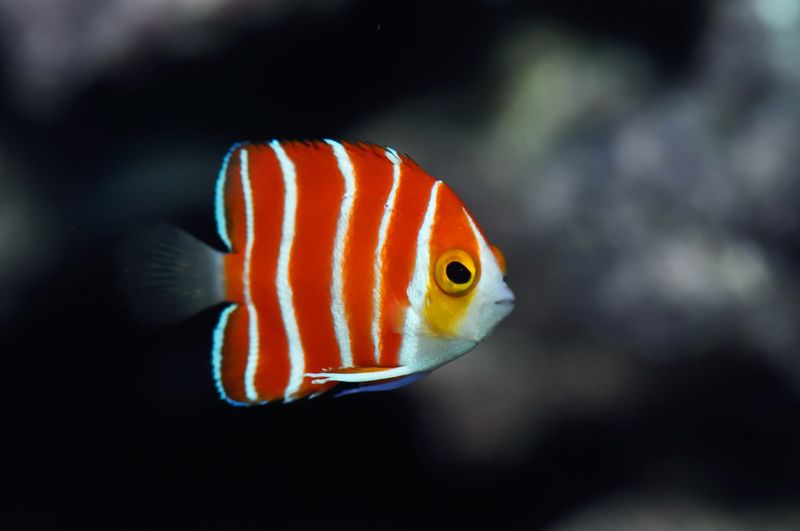
The Peppermint Angelfish is a small but strikingly beautiful fish, known for its vibrant red and white stripes.
Found in the deep waters of the Pacific Ocean, this fish is exceptionally rare and often remains out of reach for the average aquarist.
Its alluring coloration and diminutive size make it a sought-after species for enthusiasts willing to invest in their unique beauty.
Despite their charm, Peppermint Angelfish are challenging to care for, primarily due to their specific environmental needs. They require deep tanks with stable, cool temperatures to mimic their natural habitat.
Feeding them can also be a challenge, as they prefer a diet of live food and marine algae. Though they are generally peaceful, they may not always get along with other tank mates, so careful consideration is required when integrating them into an existing aquarium community.
4. Candy Basslet
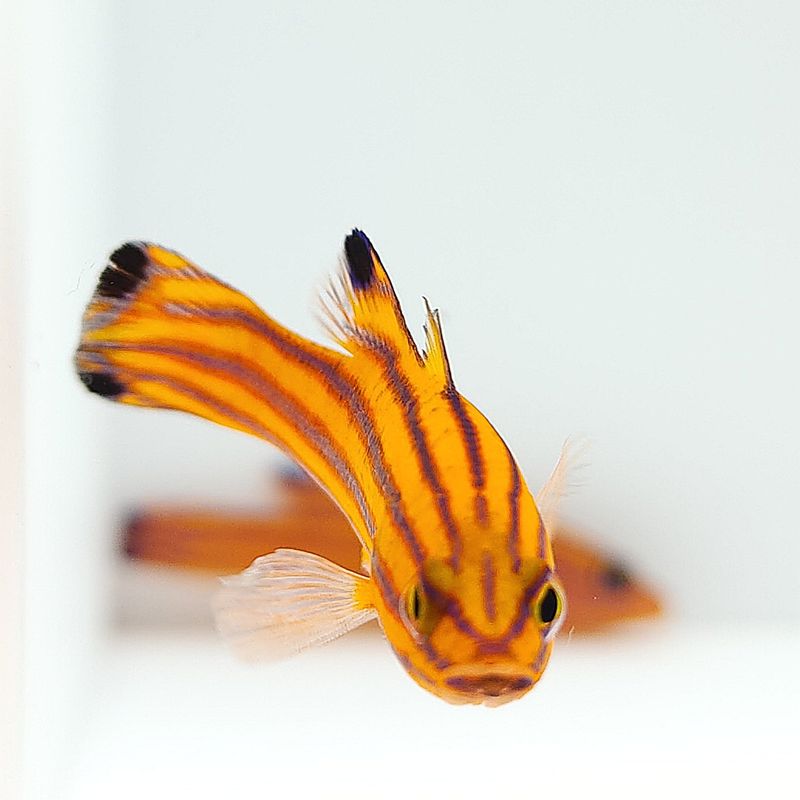
Native to the Caribbean’s deep reefs, this small fish captivates with its vibrant colors and graceful movements.
Its striking appearance, coupled with its elusive nature, makes it a prized addition to any aquarium. However, obtaining one is no easy feat, as they are often found at depths that challenge even experienced divers.
Caring for a Candy Basslet requires attention to detail and a commitment to replicating their natural environment.
A deep tank with plenty of hiding spots and live rock is essential. They thrive on a diet of small, live foods, which can be challenging to source consistently. Despite their small size, they can be territorial, so it’s important to monitor their interactions with other fish.
Their rare beauty and unique coloring ensure they remain a sought-after species for aquarists who appreciate the extraordinary.
5. Neon Blue Rasbora
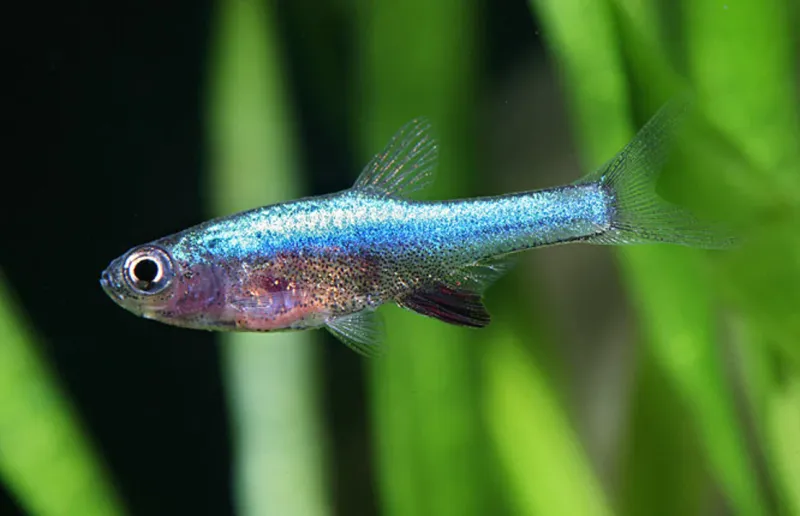
The Neon Blue Rasbora is a captivating fish, adored for its shimmering, metallic blue hue. Originating from the hidden streams of Southeast Asia, this fish is a rare gem for aquarists seeking to add a touch of iridescence to their tanks.
Its small size and schooling behavior make it a lively addition, creating a dynamic visual display as they dart in unison.
Despite their dazzling appearance, Neon Blue Rasboras require specific conditions to thrive. They do best in well-planted tanks with soft, acidic water, mimicking their natural habitat. A varied diet of high-quality flake foods, live foods, and small invertebrates is essential for their health and coloration.
Though generally peaceful, they do best in groups, which helps to mitigate stress and encourage natural behavior. Providing the right environment allows them to showcase their full spectrum of colors, making them a favorite among those who appreciate the delicate beauty of exotic fish.
6. Masked Angelfish
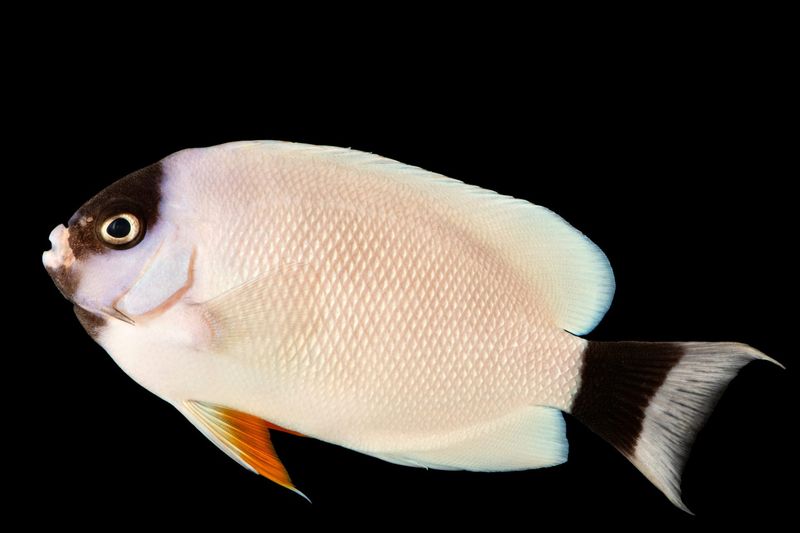
Endemic to the waters around Hawaii, this fish is a rare find, primarily due to its limited geographic range. Its graceful appearance and unique coloration make it a standout addition for those looking to enhance their marine aquarium’s aesthetics.
Keeping a Masked Angelfish healthy requires careful attention to its environment. A spacious tank with plenty of live rock and a stable reef system is ideal.
They prefer a diet rich in marine algae and sponges, which helps maintain their vibrant health and coloration. While they can be territorial, they generally coexist well with other non-aggressive fish, making them a valuable member of a community tank.
Their rarity and distinct appearance often make them a centerpiece, drawing admiration from anyone who encounters them. For aquarists, owning a Masked Angelfish is a unique opportunity to care for one of the ocean’s rarest beauties.
7. Freshwater Polka Dot Stingray
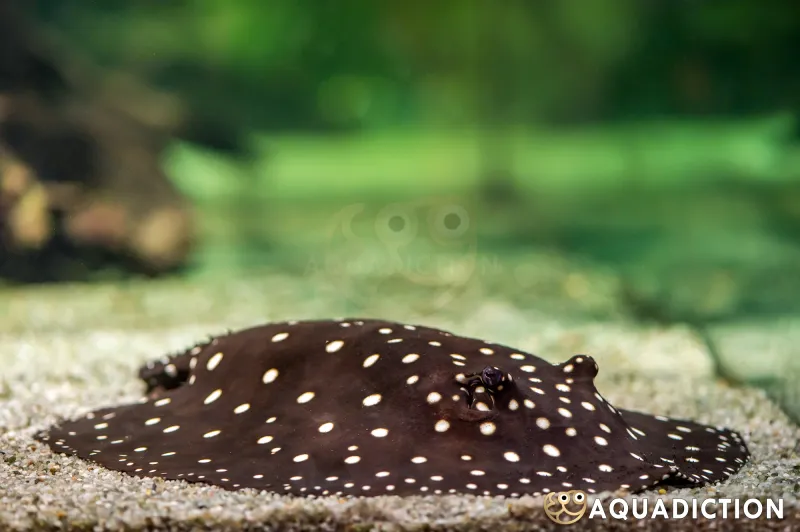
This freshwater marvel is native to the river systems of South America, making it a rare and exotic find for aquarists.
Its graceful movements and striking appearance add a touch of elegance to any large aquarium setting. Successfully keeping a Polka Dot Stingray requires a commitment to maintaining optimal water conditions.
They thrive in spacious tanks with soft, sandy substrates that allow them to exhibit natural behaviors. A diet consisting of live or frozen worms, shrimp, and small fish is essential to keep them healthy and active.
These stingrays are generally peaceful, but they do require sufficient space to avoid stress and aggression. Their captivating presence and distinct markings make them a sought-after addition for enthusiasts who appreciate the unique allure of freshwater species.
8. Wrought Iron Butterflyfish
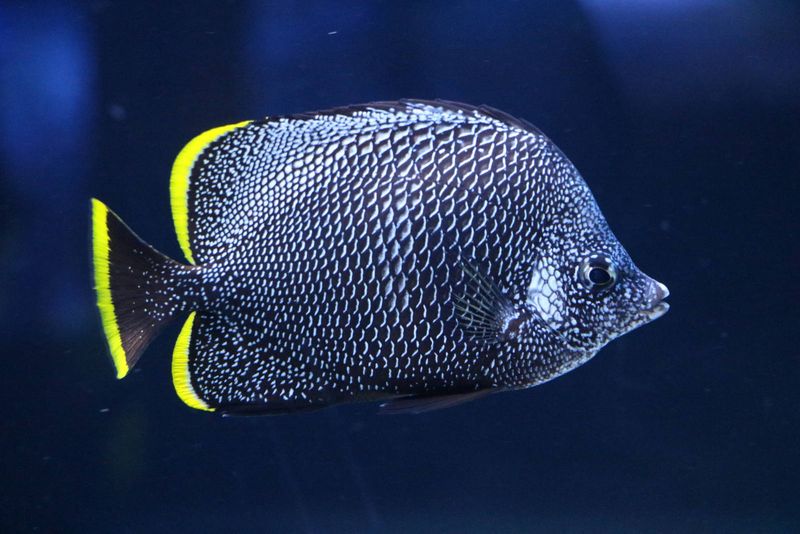
The Wrought Iron Butterflyfish is a strikingly beautiful species, known for its unique metallic black coloration with yellow flecks.
Found primarily around Japan, this fish is a rare spectacle in the aquarium trade, often capturing the interest of collectors. Its elegant appearance and distinctive pattern make it a highlight in any marine aquarium.
Caring for a Wrought Iron Butterflyfish involves understanding its specific needs. They require a well-established reef tank with plenty of live rock and coral to explore and graze upon. A diet rich in marine algae and crustaceans supports their health and brilliant coloration.
Although they can be territorial, they generally coexist well with other non-aggressive fish species. Their rarity and captivating appearance make them a prized possession for aquarists who strive to curate a diverse and vibrant aquarium.
9. Golden Basslet
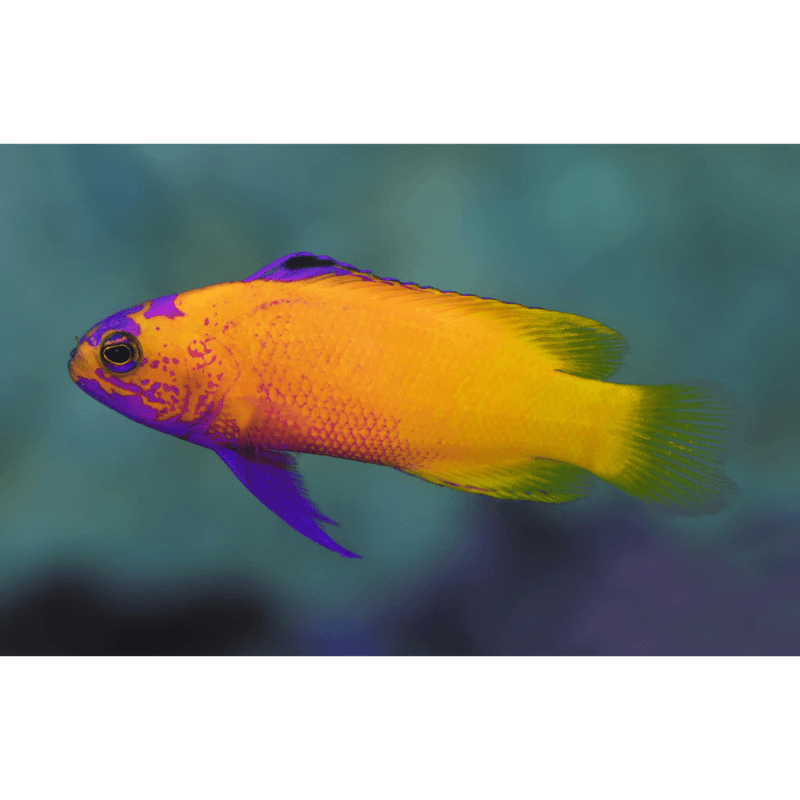
The Golden Basslet is a small yet vividly colored fish, renowned for its radiant yellow scales that glisten like gold in the light.
Found in the deep waters of the Caribbean, its mesmerizing appearance and rarity make it a highly desirable species for aquarists. Despite its small size, the Golden Basslet leaves a lasting impression with its vibrant hue and lively demeanor.
To successfully keep a Golden Basslet, aquarists must replicate its deep-sea environment. This includes maintaining a dimly lit tank with ample hiding spaces and live rocks. Their diet should consist of high-quality marine foods, rich in protein to support their health and coloration.
Though generally peaceful, they may become territorial, so careful consideration is needed when selecting tank mates.
10. Japanese Dragon Eel
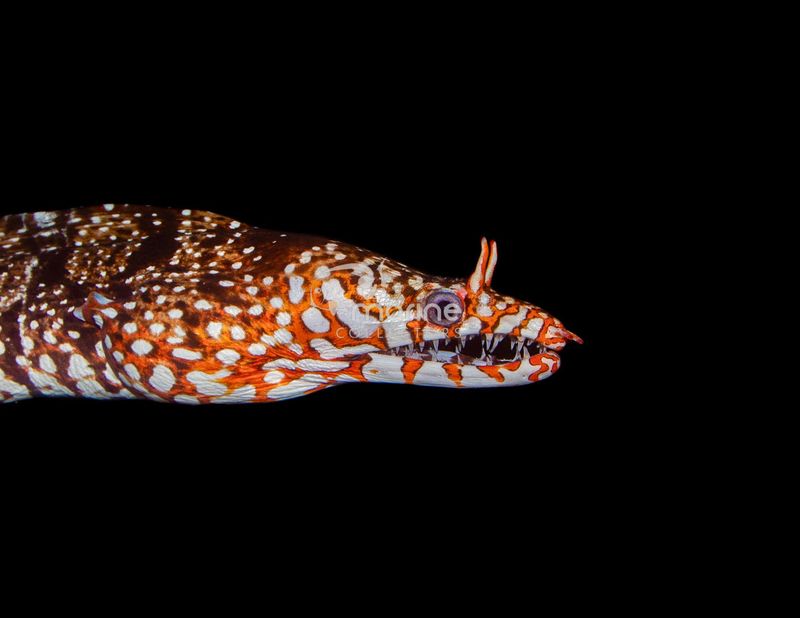
Found in the rocky crevices of the Indo-Pacific reefs, this eel is a rare find for aquarists who seek the unusual. Its elongated body is adorned with intricate patterns and vibrant colors, making it a fascinating addition to any marine setup.
Caring for a Japanese Dragon Eel requires understanding its specific needs and behavior. They thrive in large, well-structured tanks with plenty of hiding spots and rock formations to explore.
A diet rich in meaty foods, such as fish and squid, is necessary to maintain their health and vitality. While they can be aggressive, particularly when feeding, they may coexist with other large, robust fish if introduced carefully.
Their enigmatic presence and unique appearance make them a sought-after species for experienced aquarists.
11. Blue-Eyed Pleco
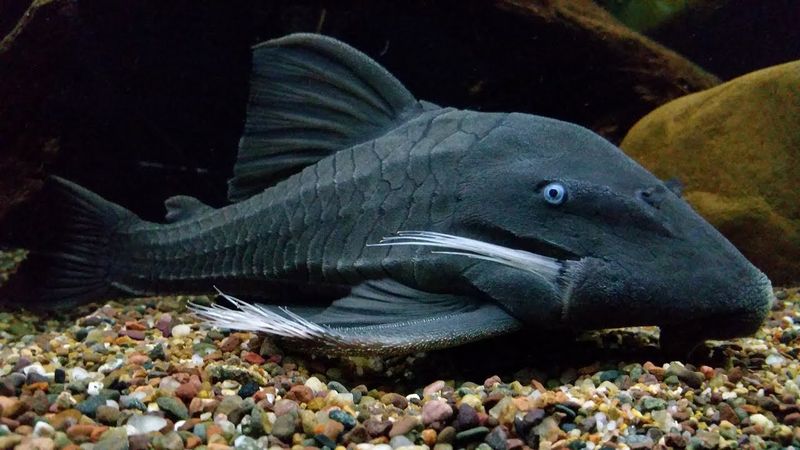
The Blue-Eyed Pleco is an extraordinary freshwater fish, distinguished by its striking blue eyes and dark, textured body.
Native to the rivers of South America, this pleco is a rare find, celebrated for its unusual appearance and hardy nature. Its captivating eyes and unique markings make it a standout in any aquarium setting.
Maintaining a Blue-Eyed Pleco involves providing a suitable habitat that mimics its natural environment. They require a spacious tank with plenty of driftwood and hiding spots to feel secure.
A diet rich in algae and plant matter is essential for their health, supplemented by protein-rich foods to support their growth. While generally peaceful, they can be territorial, so careful consideration is needed when choosing tank mates.
12. Sailfin Tang
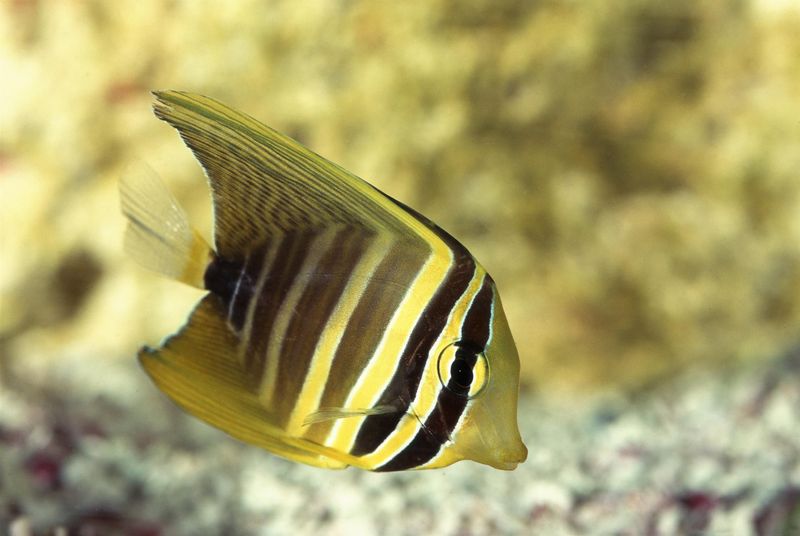
Found in the Indo-Pacific’s reef systems, this fish is a favorite among aquarists seeking to add elegance to their tanks.
Its vibrant colors and graceful swimming make it a captivating presence. Caring for a Sailfin Tang requires attention to their specific needs.
They thrive in large, well-established reef tanks with plenty of live rock and coral. A diet rich in marine algae and plant matter is essential to maintain their health and vibrant appearance.
While generally peaceful, they can be territorial, especially in smaller tanks, so ample space is necessary to reduce stress. The Sailfin Tang’s distinctive beauty and engaging behavior make it a prized addition for those who appreciate the art of marine keeping.
13. Boronia’s Anthias
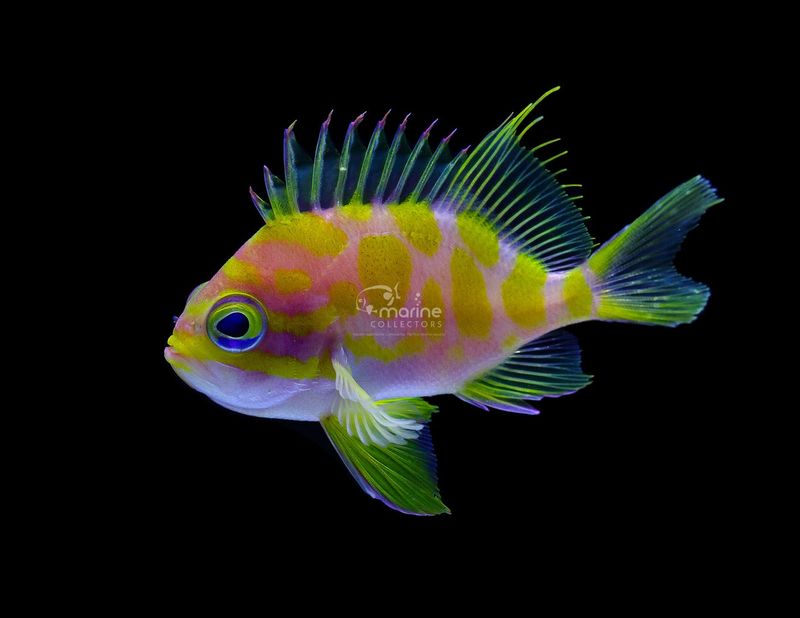
Boronia’s Anthias is a vibrant and energetic species, known for their striking pink and orange coloration. Found in the deep reefs of the Pacific Ocean, these fish are a rare catch for aquarists who enjoy the challenge of keeping exotic species.
Their lively nature and brilliant colors make them a popular choice for community tanks, where they add movement and vibrancy. To successfully care for Boronia’s Anthias, aquarists must replicate their natural reef environment.
This includes providing a spacious, well-lit tank with plenty of hiding spots and live rock. Their diet should be rich in high-quality marine foods, including plankton and crustaceans, to support their health and coloration.
They thrive best in groups, which helps to showcase their natural schooling behavior.
14. Red Tail Shark
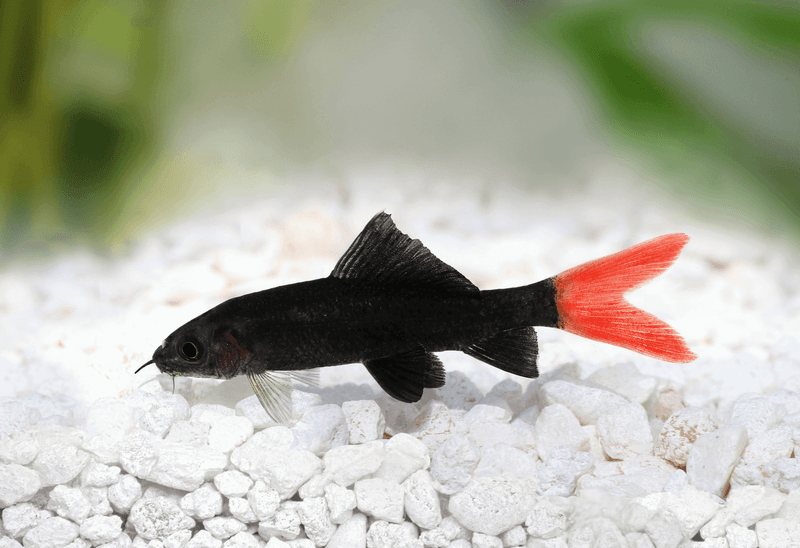
The Red Tail Shark is a captivating freshwater fish, celebrated for its striking appearance and dynamic behavior.
Native to the rivers of Thailand, this shark is a rare and intriguing addition to any aquarium. Its sleek, dark body and vibrant red tail make it a standout among freshwater species. Caring for a Red Tail Shark involves understanding their specific needs and behavior.
They thrive in spacious tanks with plenty of hiding spots and open swimming areas. A diet rich in pellets, frozen, and live foods ensures their health and vitality.
While they can be territorial, especially towards their own kind, they generally coexist well with other species of similar size.

